Check our list of the top American gold coins to collect or invest in. Learn about the different gold coins of the United States commonly called American eagles. Find out what are the different denominations of US gold coins.
Origin of American gold coins
The early US gold coins were made of 91.6% gold alloyed with other base metals. By 1834, the composition was decreased to 90% gold.
In 1933, Pres. Roosevelt made the Executive Order 6102 in a drastic measure to curb the US banking crisis. The law restricted the private ownership of gold coins and any other forms of physical gold.
The ban was lifted in 1975. Today, only a few pre-1933 gold coins have survived making them the leaders in the roster of the famous rare coin market.
The term, American eagles, became the standard basis for the denomination of the US gold coins. An eagle was equivalent to $10. Thus, $5 gold coins were called half eagles, $2.50 were quarter eagles, and so on.
List of best American gold coins
The $1 Gold coin
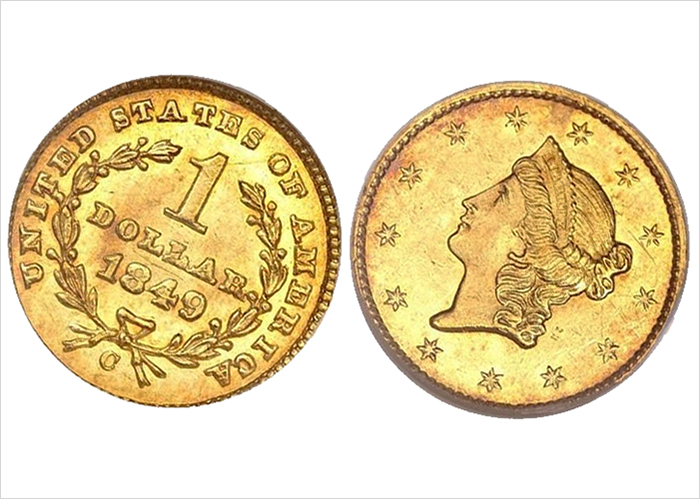
The gold dollar Type 1 is the smallest minted coin in the history of the US coinage. Type 2 had a portrait of an Indian princess wearing a feathered headdress. The Type 3 depicted a more well-defined and enlarged effigy of the Indian girl since its predecessor gold coin lacked in detail.
• Liberty Head Type I (1849-1854)
• Indian Head Type 2 (1854-1856)
• Indian Head Type 3 (1856-1889)
The $2.50 Gold Quarter Eagle
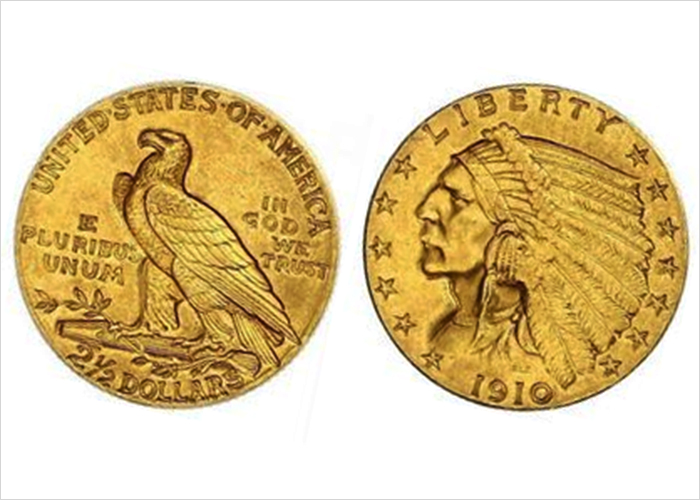
The US gold quarter eagles were authorized in Congress in 1792 and came out of the mint in 1796. The varieties of the $2.50 gold coins are:
• Capped Bust to Right Quarter Eagle (1796-1807)
• Capped Bust to Left Quarter Eagle (1808)
• Capped Head to Left Quarter Eagle (1821-1834)
• Classic Head Quarter Eagle (1834-1839)
• Liberty Head Quarter Eagle (1840-1907)
• Indian Head Quarter Eagle (1908-1929)
The $3 Gold coin
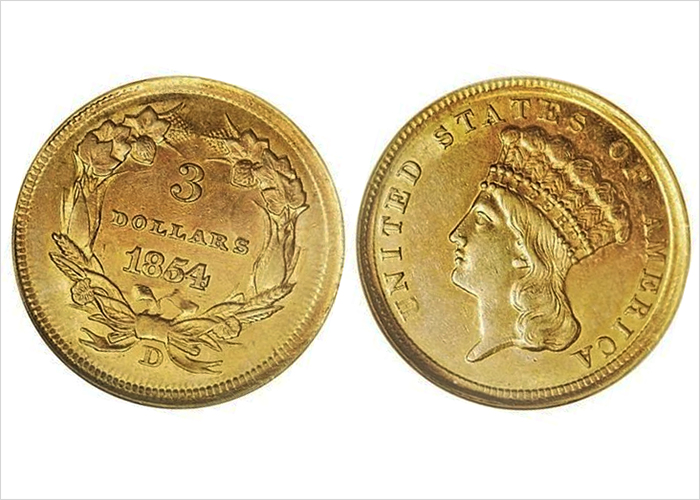
The three-dollar gold coin was first launched in 1854. Sadly, the public showed little enthusiasm over the new $3 dollar gold coin so it was not circulated well.
On the obverse was a portrait of an Indian princess with a wavy hair. She wore a feathered headband inscribed with “LIBERTY”. The reverse had a wreath of tobacco, wheat, corn, and cotton encircling the mint year and the “3 DOLLAR” face value.
• Indian Princess (1854-1889)
The $4 Gold coin
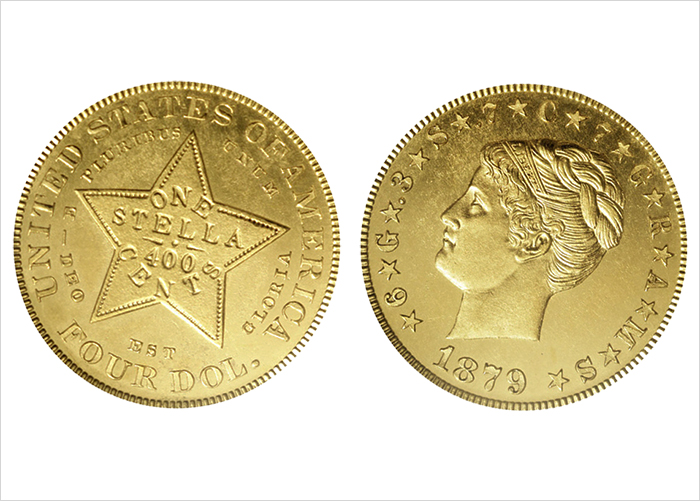
The $4 gold coin earned its moniker Stella, the Latin for star, because of the five pointed star on the reverse. These American gold coins are extremely rare because they were not minted in large quantities for circulation.
• Flowing Hair (1879)
• Coiled Hair (1879)
• Flowing Hair (1880)
• Coiled Hair (1880)
The $5 Gold Half Eagle
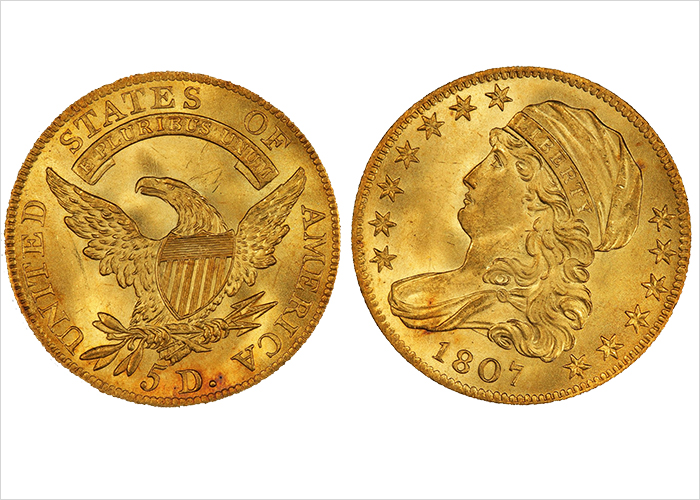
The Act of Congress in April 2, 1972 mandated the minting of the first United states gold coin. The $5 American gold coins have the following varieties:
• Capped Bust to Right Small Eagle Half Eagle (1795-1798)
• Capped Bust to Right Large Eagle Half Eagle (1795-1807)
• Capped Bust to Left Half Eagle (1807-1812)
• Capped Head to Left Large Size Half Eagle (1813-1829)
• Capped Head to Left Small Size Half Eagle (1829-1834)
• Classic Head Half Eagle (1834-1838)
• Liberty Half Eagle (1839-1908)
• Indian Head Half Eagle (1908-1929)
The $10 Gold Eagle
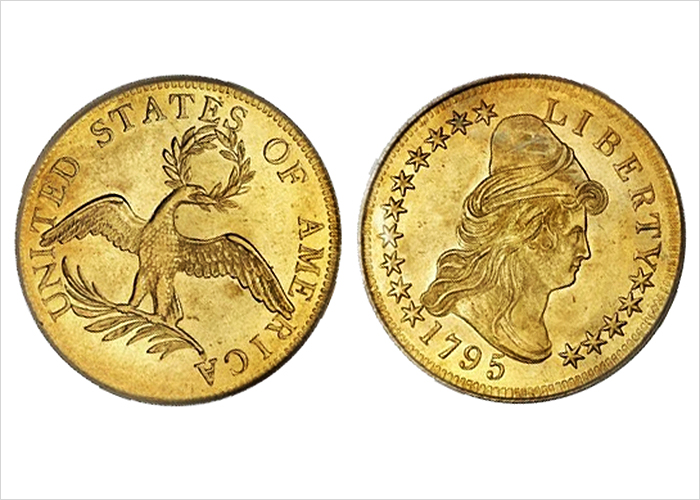
In 1795, the first $10 gold coins were produced by the then newly-opened Philadelphia Mint.
• Capped Bust Small Eagle (1795-1797)
• Capped Bust Large Eagle (1797-1804)
• Liberty Head Eagle (1838-1907)
• Indian Head Eagle (1907-1933)
The $20 Gold Double Eagle
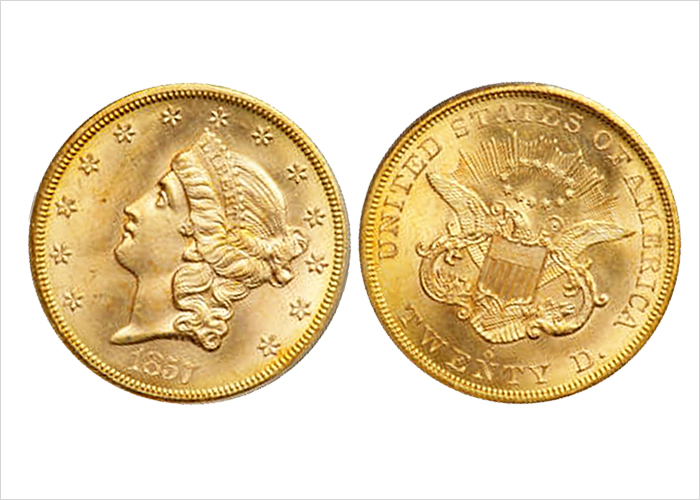
There were two major designs of the $20 gold coin – the Liberty and the Saint-Gaudens Double Eagles. The latter were twice the size of the old $20 gold coin. It was named after the sculptor Augustus Saint-Gaudens who was commissioned to design the coin.
Sub-categories of the Liberty and the Saint-Gaudens double eagles were the No Motto double eagles.
• Liberty Double Eagle no motto (1849-1866)
• Liberty Double Eagle (1866-1907)
• Saint-Gaudens Double Eagle no motto (1907-1908)
• Saint-Gaudens Double Eagle (1908-1933)





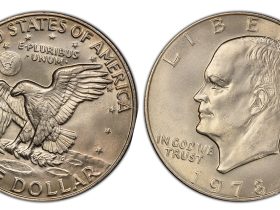
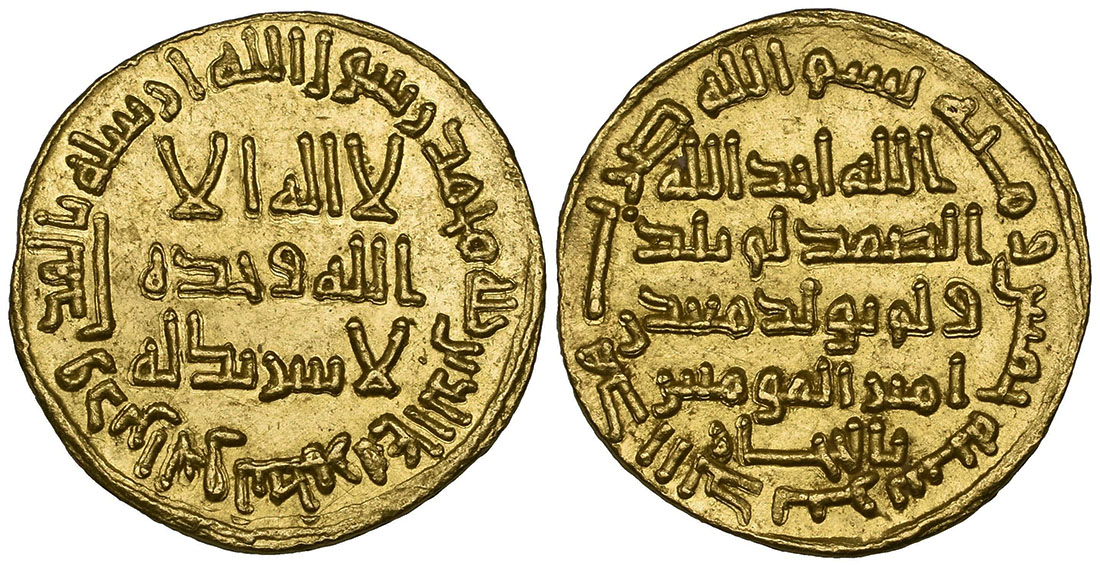
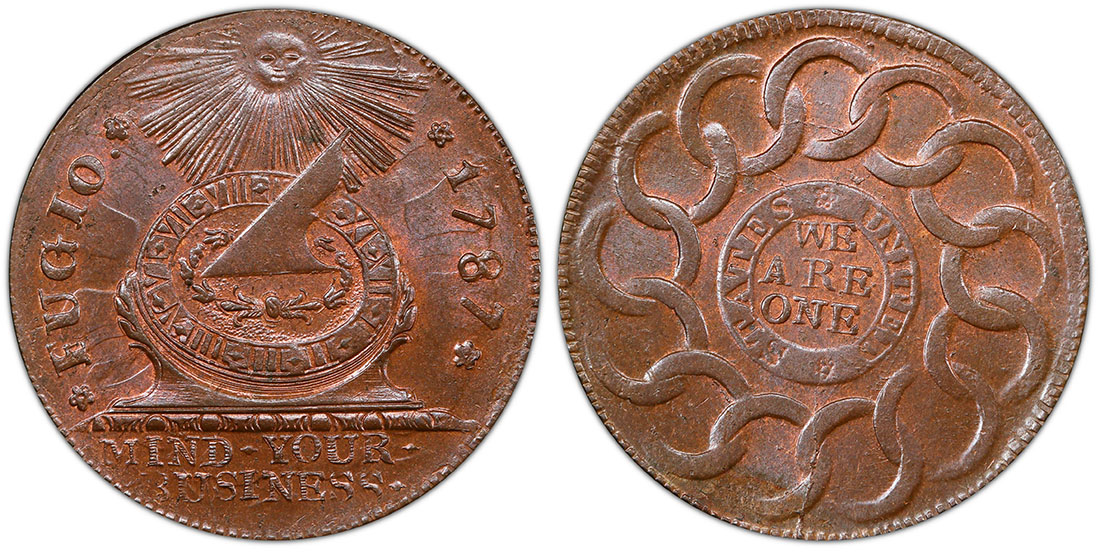
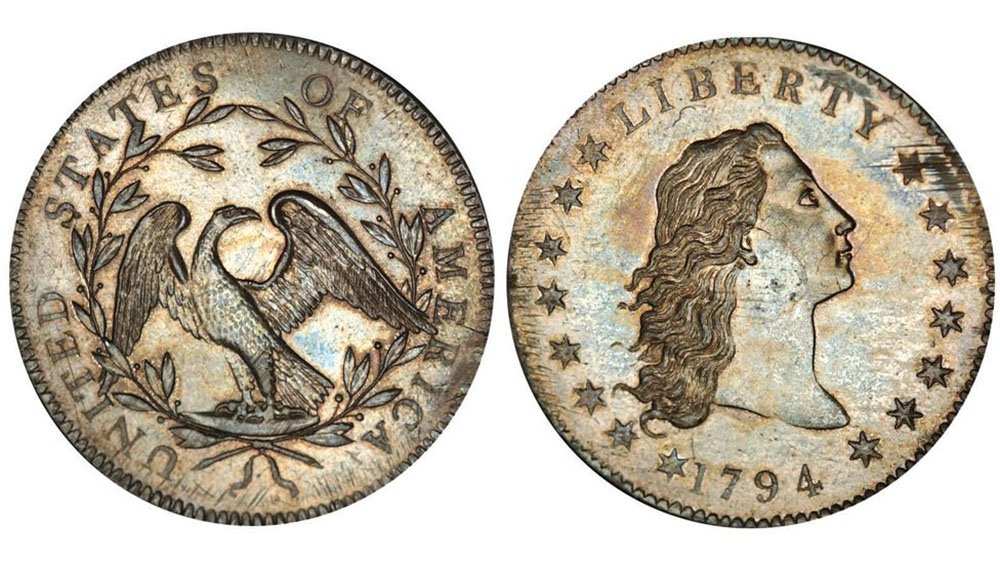

Leave a Reply